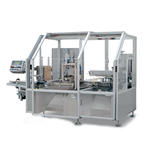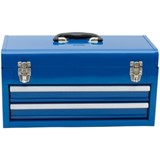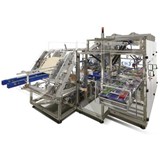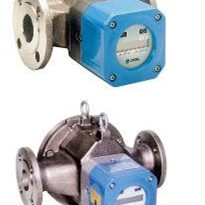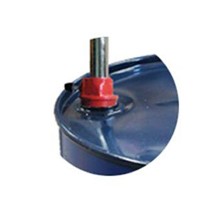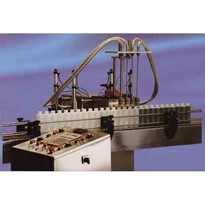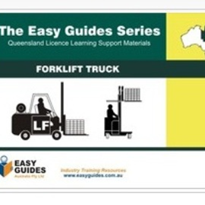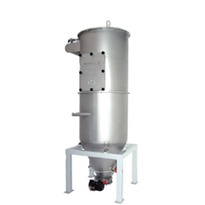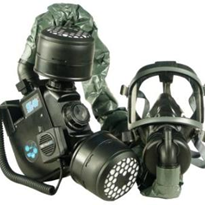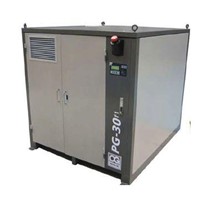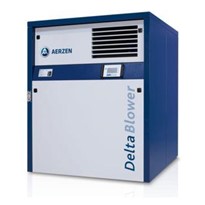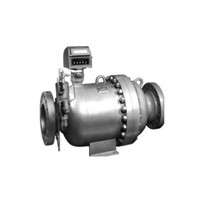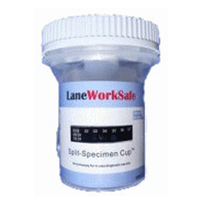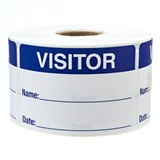Overview
Pathology Queensland provides pathology services to all Queensland Health public hospitals. They’ve worked in partnership with insignia for over 10 years to develop their labelling and label application solutions.
As a part of this ongoing partnership, insignia and Pathology Queensland recently recognized the potential to improve the labelling of specimens during the patient bedside collection process. There was mounting evidence that inefficiencies within their current manual identification process contributed to poor legibility of specimen labels during the collection process.
Repercussions resulting from errors in the process have led to:
- Rejections in samples from pathology laboratories
- Mistakes made within specimen testing and patient diagnosis
Together, insignia and Pathology Queensland embarked on a focused improvement process with the aim to upgrade Pathology Queensland’s legacy system and take advantage of current barcode and labelling technologies. The project had two key goals:
- Improve patient safety by reducing the risk of misidentification of specimens - making care safer by reducing harm and preventable mortality.
- Improving quality, cost and value—driving affordability and sustainability through quality improvement.
Manual Process
The process of identifying pathology specimens was highly manual and involved the phlebotomists/blood collectors manually copying patient information onto very small, pre-labelled tubes. Each collection required the patient’s details to be handwritten onto an average of 3 specimen tubes per patient; collecting up to 20 sample tubes is not uncommon.
After conducting a review of this process the following limitations were noted;
- Handwriting labels at the point of collection is time-consuming and inefficient.
- Deciphering poor handwriting when the specimen reaches the laboratory for investigation is also time-consuming and inefficient.
- If patient details are illegible, the phlebotomist is required to return and repeat the specimen collection, delaying diagnosis as well as adding costs and inefficiencies to the process.
- The risk of patient or specimen misidentification leading to inappropriate medical care.
It became apparent that standardization and legibility would be driving factors to consider within the potential new process.
Challenges
The use of barcodes together with the printing of patient details on specimen labels at the point of specimen collection is an obvious solution and had been trialed in the past. Earlier mobile systems used the patient’s identification number encoded in a traditional 1D barcode which when scanned, used the hospital’s Wi-Fi network to access the patient’s details in a database. Previous mobile systems were unsuccessful due to:
- Limitations and black spots in the hospitals’ Wi-Fi networks.
- High cost per device for Wi-Fi use within the hospital environment.
- Mobile components that were bulky and inconvenient to use.
Overcoming these barriers would be key to implementing a successful alternative process.
insignia’s Digital Solution
The key components of insignia’s solution for Pathology Queensland include:
- 2D GS1 DataMatrix barcode: 2D (2-dimensional) barcodes have the capacity to encode substantially more information than traditional 1D barcodes, using the vertical dimension to pack in more data, in less space.
This means the patient’s personal details are accessed locally via the 2D barcode on their wristband which was encoded upon the patient’s admission into hospital. There is no longer a reliance on a hospital’s Wi-Fi network to access a database.
- Positive ID App: Developed by insignia specifically for point-of-care pathology identification. Password protected for security, it uses a common App format for ease of use.
- Apple iPad mini: The iPad mini is used to scan the 2D barcode through its camera function and to manage label printing using insignia’s App. The iPad mini offers a user-friendly interface, and as iPad minis are already used within the hospitals, familiarity with the device simplified implementation.
- Portable label printer: The Bixolon Bluetooth iOS portable 2 inch label printer is easily affixed to a phlebotomist’s trolley, requires low maintenance, and provides a long battery life.
The Process
- Phlebotomist/nurse logs into Positive ID app on iPad mini
- Bluetooth connection established between iPad mini and portable label printer
- iPad mini is used to scan 2D barcode located on patient’s wristband
- Patient’s data is displayed on the iPad mini enabling the nurse/phlebotomist to confirm patient’s identity
- Phlebotomist/nurse selects label size (adult/infant) and the number of labels to print
- Labels are printed by the label printer
- Phlebotomist/nurse applies a label to each specimen tube collected
- Specimen is delivered to laboratory for investigation
Outcomes
Time in Motion Results
During the early stages of implementation at Pathology Queensland—Logan Hospital, a time and motion study (a workplace efficiency technique) was conducted to better understand and measure the benefits of the new process—specifically focusing on quality, cost and value. The study compared the time to print and apply labels compared to manually handwriting the patient’s information on each tube.
The study saw a 36% reduction in the time taken for the labelling process, which resulted in time savings of 9 hours per week within the Logan Hospital. This finding was based on a standard of 80 patients per day per phlebotomist, an average of 3 tubes labelled per collection, 4 phlebotomists per shift, 2 x 4 hour shifts per day, and 7 days per week.
Patient Safety
One of the most important results from this analysis is that the new insignia positive ID application ensures consistency across every label. This ensures patient safety, which is of the utmost importance to Pathology Queensland—with positive specimen identification ensuring successful laboratory testing, patient diagnosis and correct allocation of patient medication.


